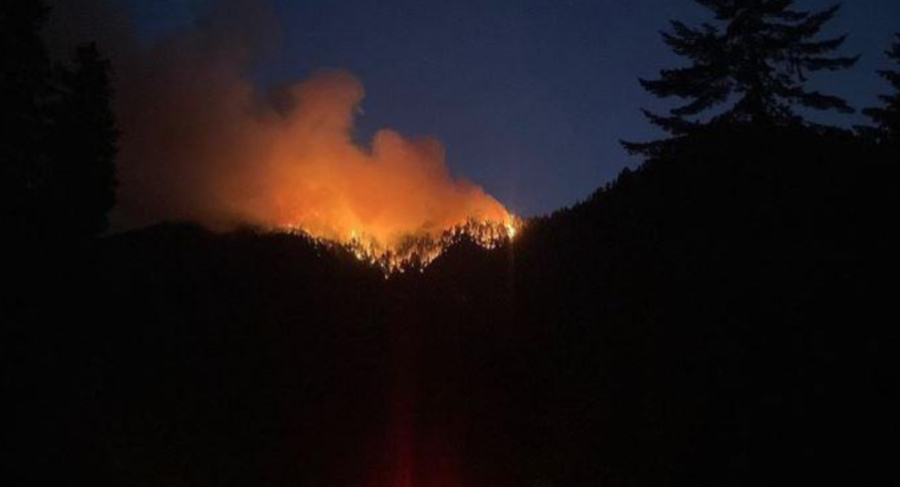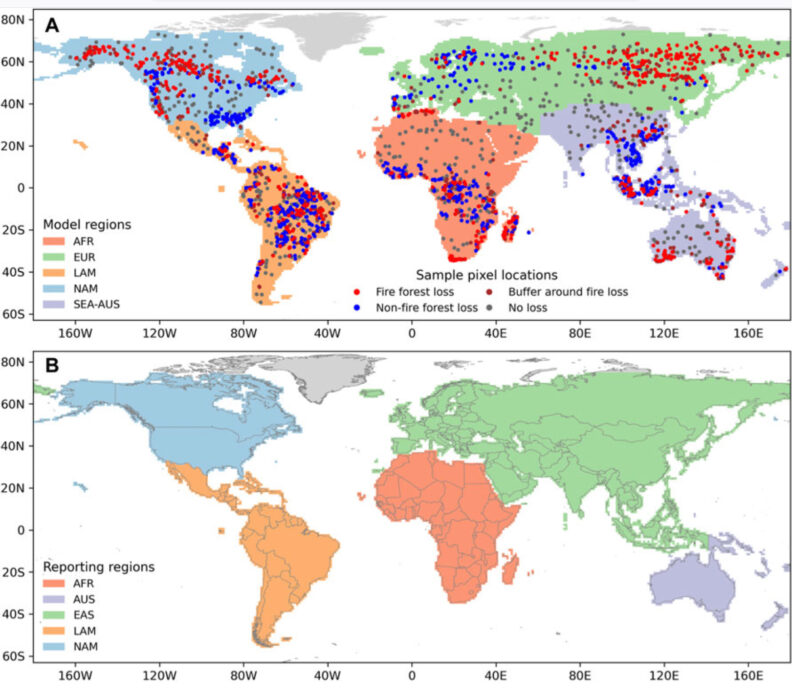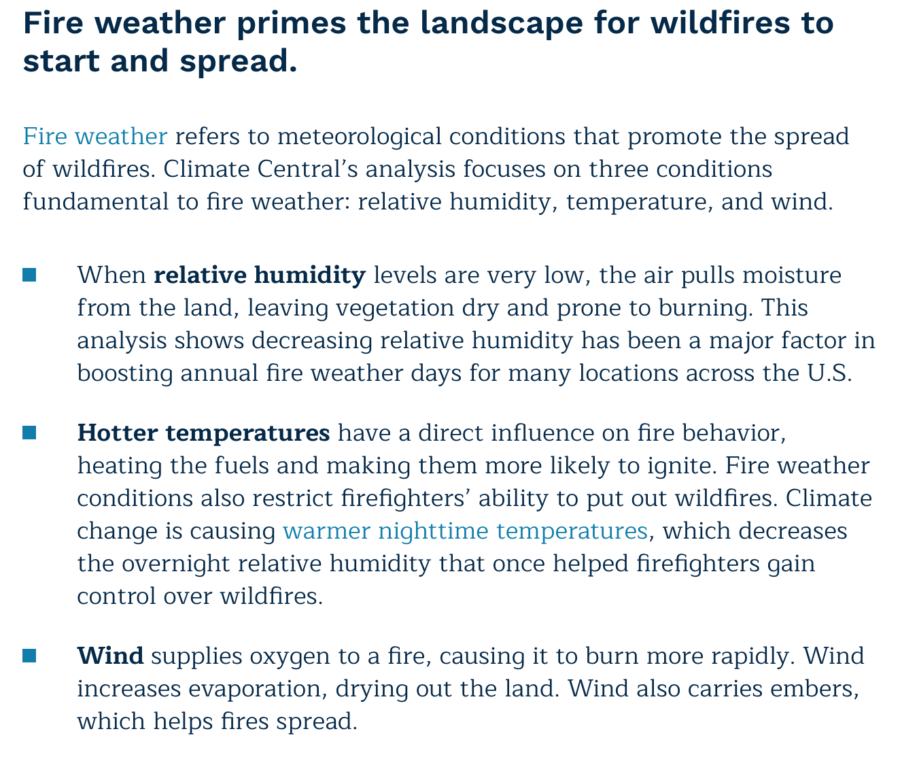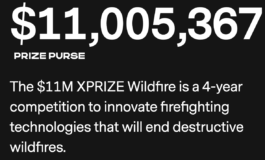Around 90 percent of all people exposed to wildfires over the past 23 years lived in either California, Oregon, or Washington. Among those, researchers found a disproportionate number were poor, a racial minority, disabled, or over the age of 65.
A recent study examined the “social vulnerability” of the people exposed to wildfires over the last two decades. Social vulnerability describes how persons with certain social, economic, or demographic traits were more susceptible to harm from hazards including wildfires or other natural disasters.
From 2000 to 2021, the number of people in the western United States who lived in fire-affected areas increased by 185 percent, while structure losses from wildfires increased by 246 percent. The vulnerability of the people living there, however, isn’t well known despite these populations potentially never recovering after a disaster strikes.
Researchers asked whether highly vulnerable people were disproportionately exposed to wildfire, how vulnerability has changed over the past 20 years, whether population changes before a fire alter the vulnerability of the population, and whether social vulnerability of people exposed to fires was equal among states.
Each of the three West Coast states recorded disproportionate wildfire exposure of the socially vulnerable; Oregon and Washington had more than 40 percent of their exposed population being highly vulnerable while California had around 8 percent of of those exposed considered highly vulnerable. The most vulnerable populations were also those with low income, while age, minority status, and disability also affected populations’ ability to cope after wildfire.
The number of highly vulnerable people exposed to fire in the three states also increased by 249 percent over the past two decades. An increase in social vulnerability of populations in burned areas was the main contributor to increased exposure in California, while Oregon and Washington saw wildfires increasingly encroaching on vulnerable population areas.
“Our analysis highlights the need to increase understanding of the social characteristics that affect vulnerability, to inform effective mitigation and adaptation strategies,” the study said. “Particular attention to residents who are older, living with a disability, living in group quarters, and with limited English-speaking skills may be warranted, and cultural differences need to be addressed for effective policy development and response.”
Other research published earlier this year, The Path of Flames: Understanding and Responding to Fatal Wildfires, found unequal access and assistance could also play a role in who survives and who dies during catastrophic wildfires. In the study, researchers found that for many of the Paradise, California residents who died in the 2018 Camp Fire, the inability to evacuate on their own was a major factor in their deaths.











